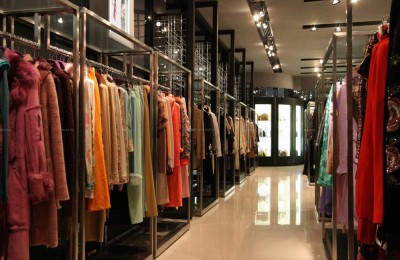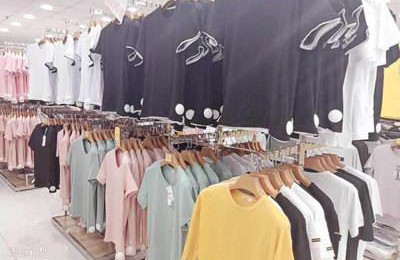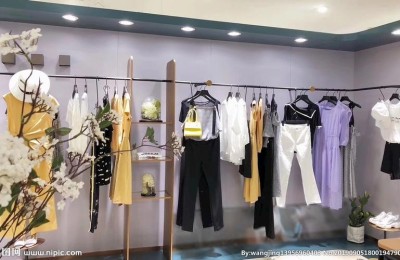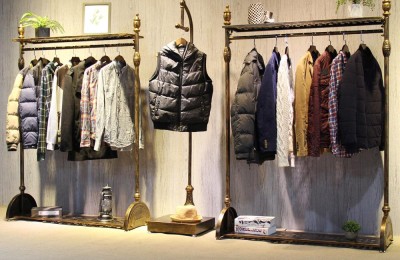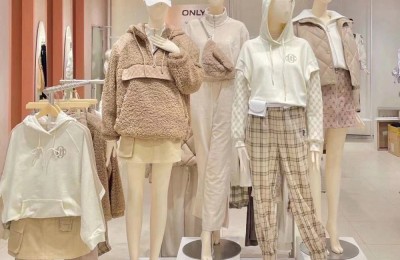On the 26th, WeChat Moments were flooded with this message: The United States is willing to suspend the next round of tariffs on US$300 billion in Chinese goods. At the same time, Beijing and Washington are preparing to resume trade talks between the two countries, with trade returning to normal. As soon as this news came out, PTA rose sharply, approaching the 6,000 yuan mark! Subsequently, the transaction atmosphere of the polyester filament market in Jiangsu and Zhejiang regions recovered, and production and sales increased again; according to statistics, the production and sales of mainstream factories rose to around 110-130% that day.
1. Polyester yarn Production and sales have rebounded, and the supply of gray fabrics has become loose
This wave of polyester purchases has also driven the downstream weaving market to some extent. Many fabric bosses are not calm and have little thoughts about increasing the price of gray fabrics. . The overall price of gray fabrics has dropped significantly this year, and weaving manufacturers have low profits and a lot of inventory. Take polyester taffeta gray fabric as an example. Last year, the overall profit of a machine was about 50-60 yuan a day. However, this year, some fabric bosses revealed that there was no profit, and hundreds of looms were running at a loss of nearly 5,000 yuan a day. In June, the inventory of weaving manufacturers has reached about 42 days, while it was only 25 days in the same period last year, and the inventory increased by 68%! In such a weaving market, cloth bosses are looking forward to the market breaking out.
Gamble in June, buy a Land Rover in July, stock up now and buy a Maybach at the end of the year.
——The price is going to increase again! ! !
Many Boss Bu are retweeting this paragraph in the circle of friends, which shows that the collective voice for price increase is very unified. At the beginning of June, some cloth bosses reported that the looms were losing money even if they were turned on and off, but they were still running at full capacity. Now it seems that there is still some truth to the full opening, just to wait for the opportunity to come and sell a wave! In recent days, driven by the surge in PTA, the supply of gray fabrics in the market has also loosened, and the inventories of weaving manufacturers have declined. The owner of a weaving factory in Wujiang area that sells goods for the market said that inventory has been reduced for 10 days in recent days, and downstream traders have also taken more goods. The market trading volume of conventional products on the market, such as polyester taffeta, pongee, Oxford cloth, etc., has also improved to varying degrees.
2. The price of gray fabrics is ready to rise, and stocking is coming
In recent years Sales of T400 fabrics have been booming in 2017, and the order volume in the market is still large this year. Some major raw material manufacturers have issued notices of price increases for T400 fabrics, with prices rising by 500 yuan. As a result, the price of T400 gray fabric is not far away! At the end of June, the market situation did improve compared with the previous period, and orders for autumn fabrics were gradually placed. Those traders and suppliers who have been waiting on the sidelines for too long are no longer able to sit still. They have taken action and are preparing to stock up appropriately.
In the short term, PTA has surged driven by the positive effects of the trade war. However, the trade war involves both countries and there are too many uncertain factors. It is unknown whether the positive benefits can be sustained, and whether PTA can maintain a high level. The recent rebound in polyester production and sales and the loosening of gray fabric shipments may only be temporary. Whether the market will truly pick up still depends on the demand for fabrics from terminal garment factories in the second half of the year.
Therefore, the current wave of price increases, orders, stockpiling and other operations may be market speculation, or it may be a bottoming out. As far as the author’s personal judgment is concerned, the possibility of bottoming out and rebounding is greater.
1. The price of gray cloth is already at the edge of the cost end, and it is easy to rise but hard to fall
First of all, the current price of gray cloth is at a low level in recent years. Although the price of raw materials continues to fluctuate, However, with the support of the cost side, it is difficult for gray fabric prices to fall further. Regardless of upstream or downstream, most of the first half of the year was in a wait-and-see period, and some orders were not placed. It is said that you should buy up and not down. This time the raw materials have continued to rise sharply, it is time to place an order.
2. Market preparation The peak sales season in the second half of the year, orders may increase
June is coming to an end, indicating the arrival of the second half of the year. As in previous years, July and August are a good time for the entire market to prepare for the Golden Nine and Silver Ten. At present, there is no clear large-scale price increase for gray fabrics, so this is the best time to stock up. Coupled with the Double Eleven e-commerce sales season in the second half of the year, terminal clothing factories should also gradually start production. In addition to some orders that were not placed in the first half of the year, there may be a wave of concentrated orders in the second half of the year.
The above is only the author’s personal opinion and is for reference only. But whether it is speculation or bottoming out, it is wise for weaving manufacturers, traders, and garment factories to carry out a small wave of replenishment and stocking, but the specific amount should be determined according to their own order status and funds. If you stock up properly, you may be able to own a Maybach by the end of the year!
</p



